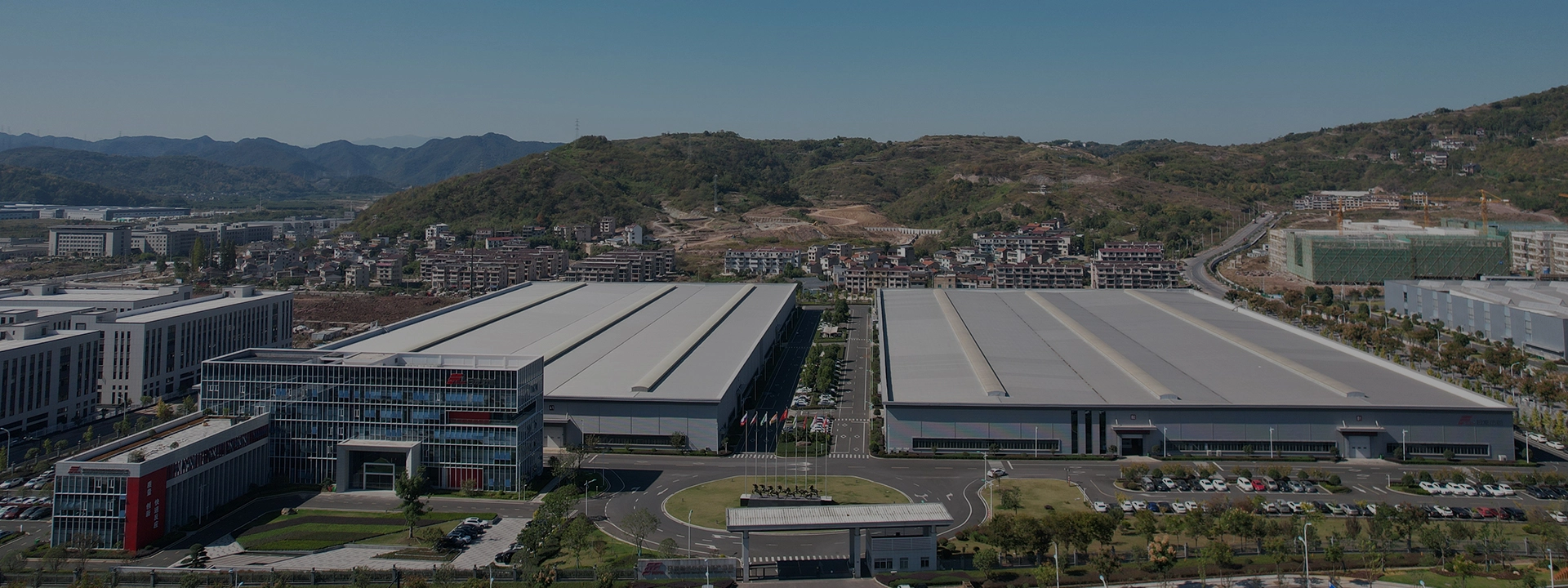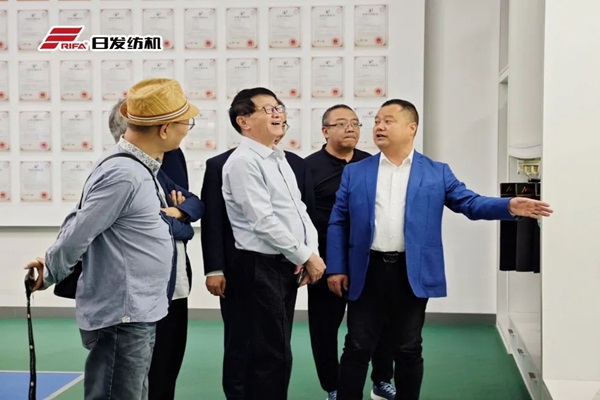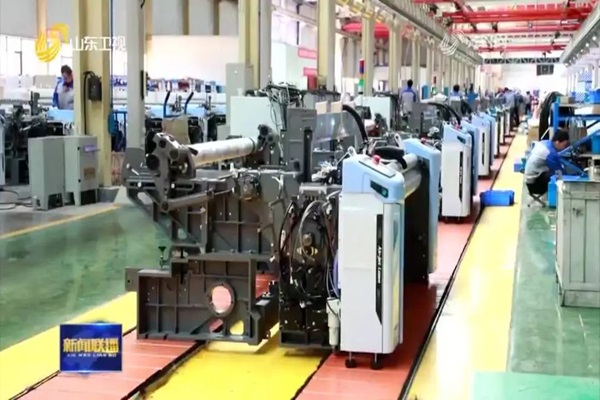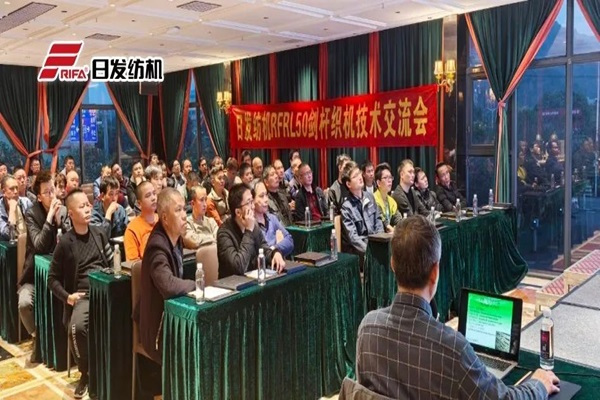En

Weaving machinery ensures a high level of precision and consistency in the weaving process. This results in high-quality fabrics with uniform patterns and textures, reducing waste due to errors or defects.
Weaving textile machinery automates the weaving process, significantly increasing the speed of production compared to manual methods. This allows for higher output, meeting large order volumes and tight deadlines more efficiently.
Modern weaving machines can handle a variety of yarn types and create a wide range of fabric types. They can be adjusted to create different weave patterns, allowing for greater flexibility in product offerings.
Energy requirements can vary greatly depending on the specific machine and the scale of production. It’s important to consider energy efficiency when choosing weaving machinery, as this can significantly impact operating costs.
Weaving machinery can produce a wide range of fabrics, from lightweight silks to heavy-duty canvas, depending on the type of yarn used and the specific weaving technique.
A weaving machine works by interlacing two sets of yarn - the warp (lengthwise yarn) and the weft (crosswise yarn) - to create fabric. The machine controls the tension and spacing of the yarns and the pattern of interlacing.
The lifespan of weaving textile machinery can vary greatly depending on the quality of the machine, how often it’s used, and how well it’s maintained. However, with proper care and maintenance, a high-quality weaving machine can last for many years.



